We had a bit of a rocky start this morning. The person whom we thought was organizing our visit to Chillingham Castle and the Wild Cattle thought the field trip was tomorrow not today, so after a phone call to set that straight, we spent about 20 minutes waiting for him in front of Alnwick Castle when he was actually waiting for us in front of Chillingham Castle. And then there was the packed lunches--absent again, just like the packed breakfasts of last week. In due time we found our lost organizer and the lunches were delivered to us later in the day, so all was well.
The Wild White Cattle of Chillingham were amazing. Richard, the warden who guided us to where the cattle were resting, gave us an excellent account of the history of the wild cattle. They are most likely descended from the auroch, which has been extinct since 1627. The cattle are totally wild; they have never touched by a human, and in fact, if they were to be touched, then would not be taken back into the herd, but killed by it. There are 80 of the cattle in Chillingham Park, and another 20 in a herd in Scotland. They were divided up so that in the event of disease, there would be one herd remaining. The lowest number the herd has even fallen to is 17 in the very difficult winter of 1947. The herd is ruled by the alpha male, or the wild king. He typically is in power for about three years before another male wins the spot. Twelve calves have been born this year so far. The calves are snow white when they are born, the cows are cream colored, and the bulls are a dirty white, battle scarred and covered in mud and dung. All of the cattle have horns from about the age of 8 weeks on; the horns of the cows are lyre shaped and tilted slightly to the back of the head; the horns of the bulls point forward. Some people felt more than a little nervous as we stood about 150 feet from the main herd and seemed more than a little eager to close the pasture gate.
After descending from the pastures, we went to Chillingham Castle. Along with the white cattle, the castle was part of the study of the Eva Ibbotson book The Beasts of Clawstone Castle. The castle garden was quite nice; the inside of the castle, complete with various "dungeons" was eclectic and eccentric to say the least. The general feeling of the students seemed to be that the atmosphere of the Castle was captured completely in the book.
The last part of the trip was a journey into the Northumberland National Forest. We travelled through Wooler to the Harthope Valley, which was beautiful. A small stream wound down from the Cheviot Hills, which are covered in heather just about to break into full bloom. There is a slight tinge of purple over the hills which will increase over the next few weeks. We were all tired so no one ventured too far out on the public footpaths, but it was a great opportunity for a group photo.
To the North Sea coast tomorrow as we bring out field trips to a close. We hope for fine weather, but after three days of sunshine, we know our chances are lessening!
skip to main |
skip to sidebar
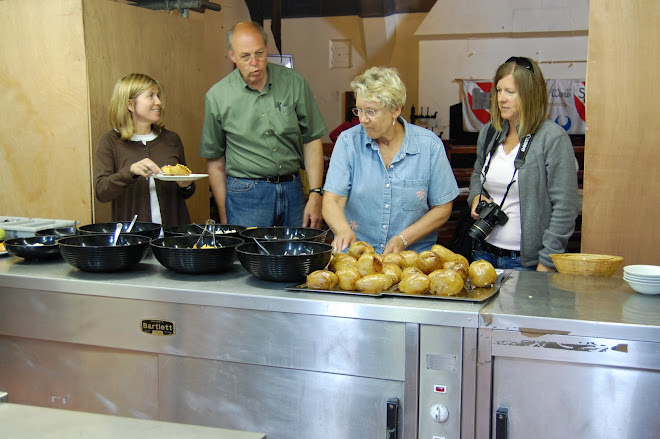

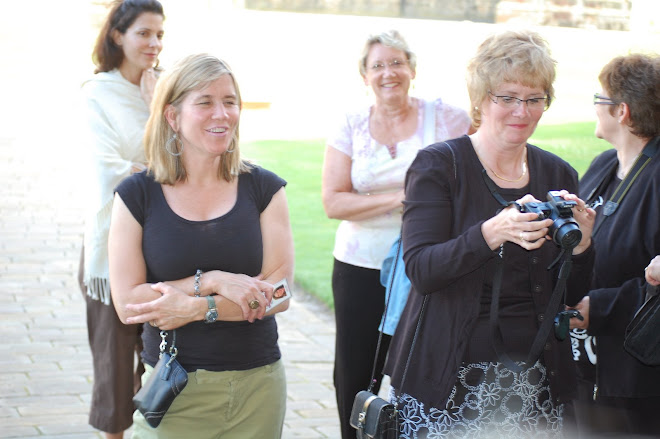
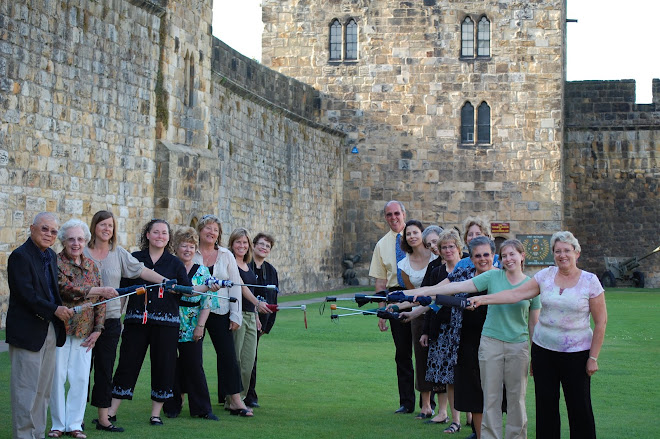

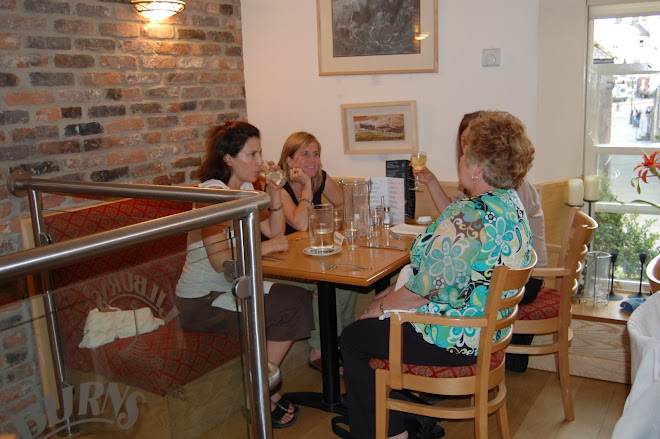

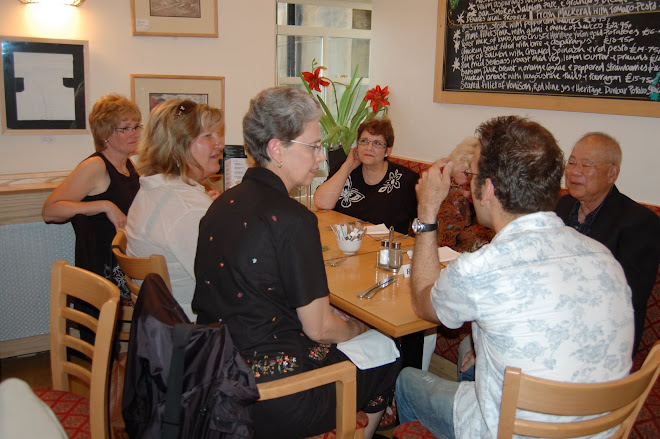
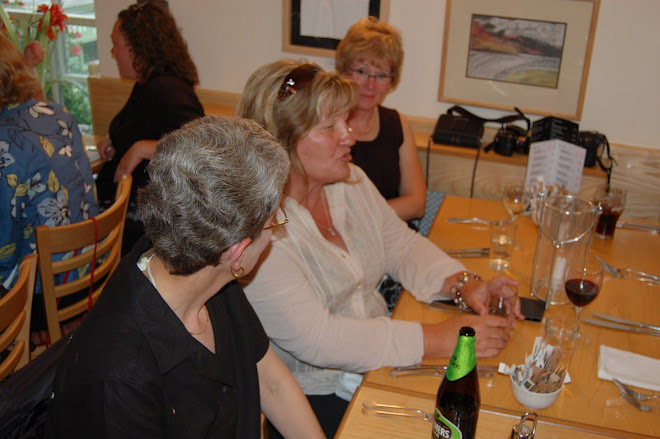
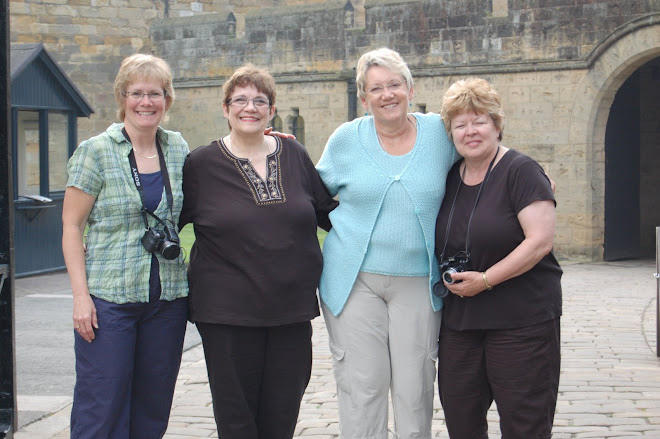
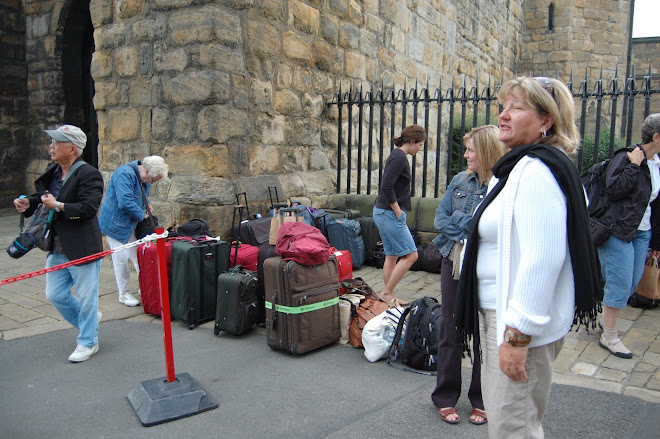
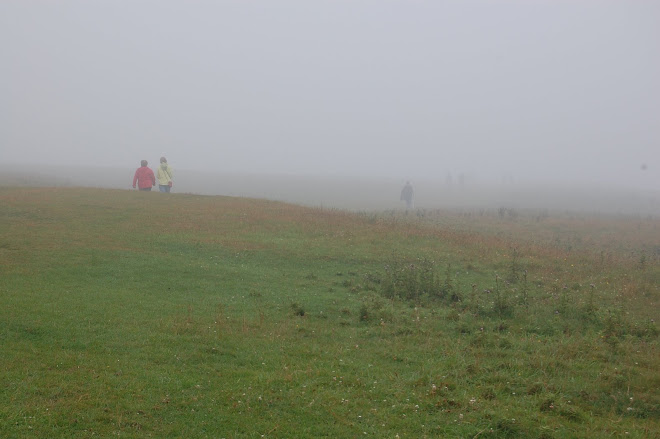

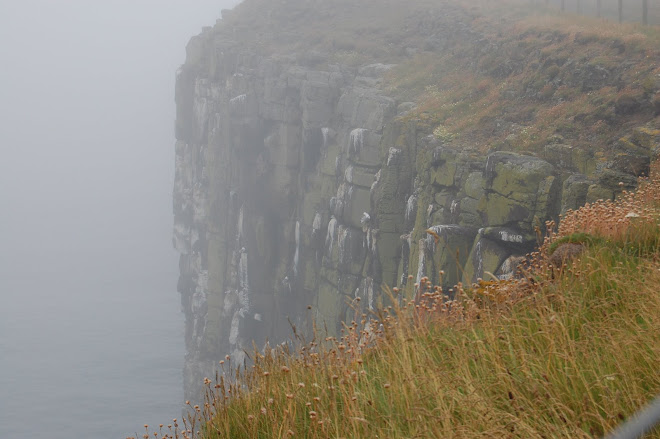
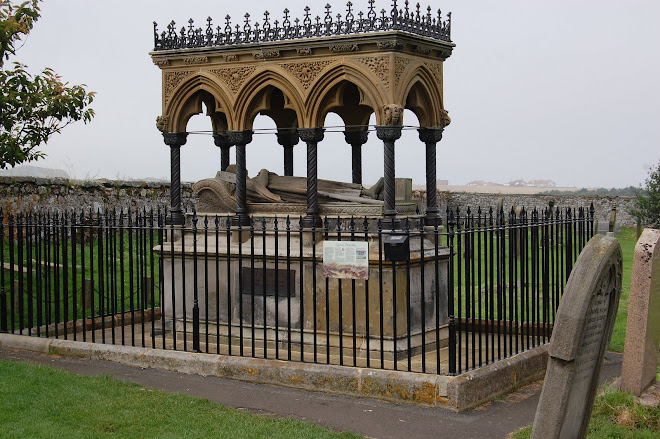


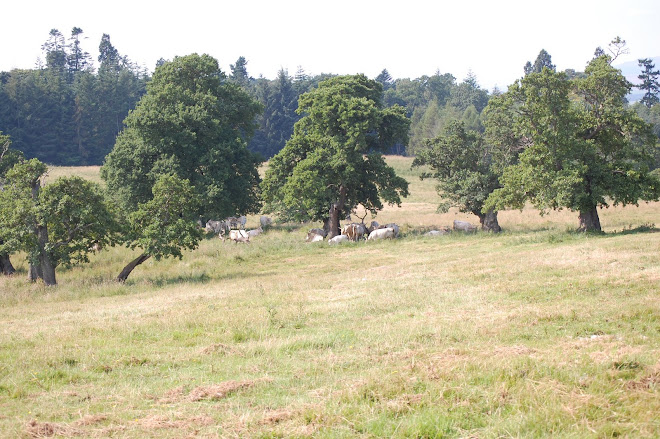
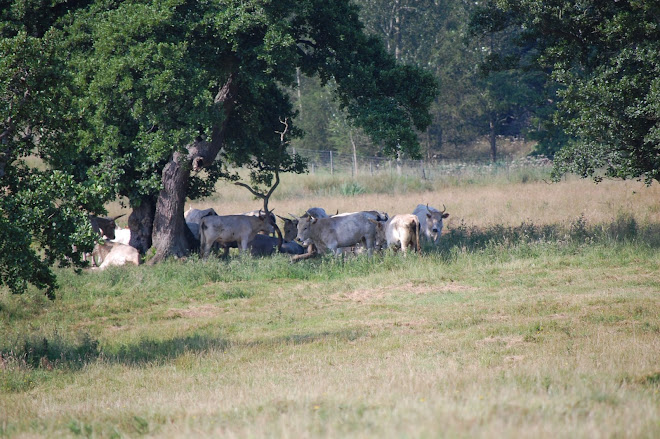


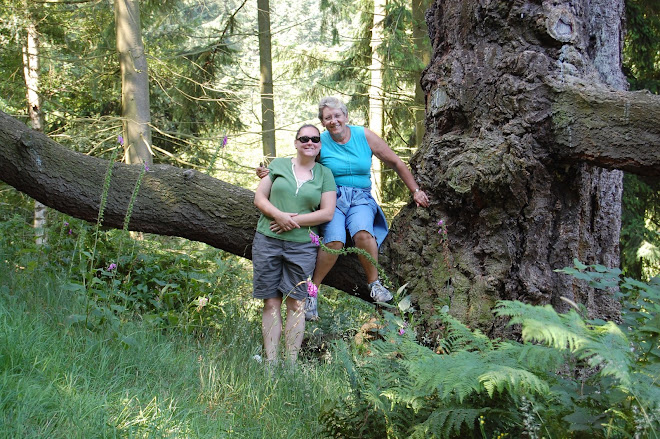


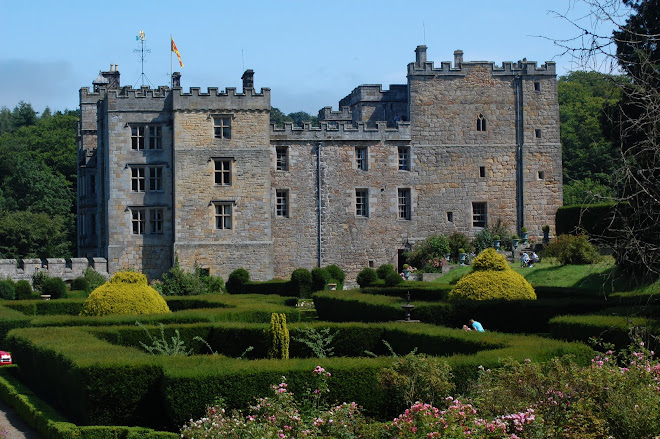

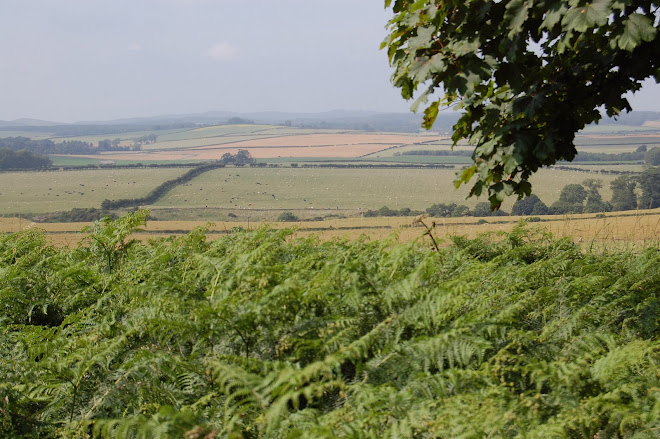

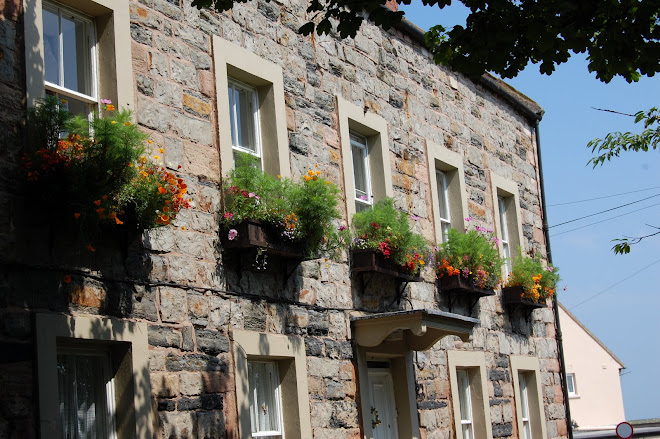

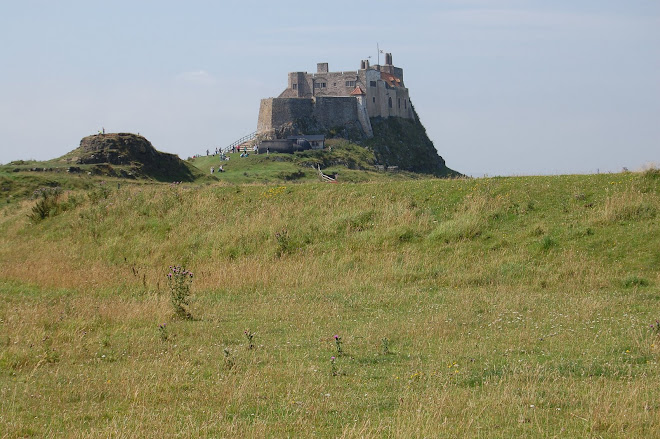
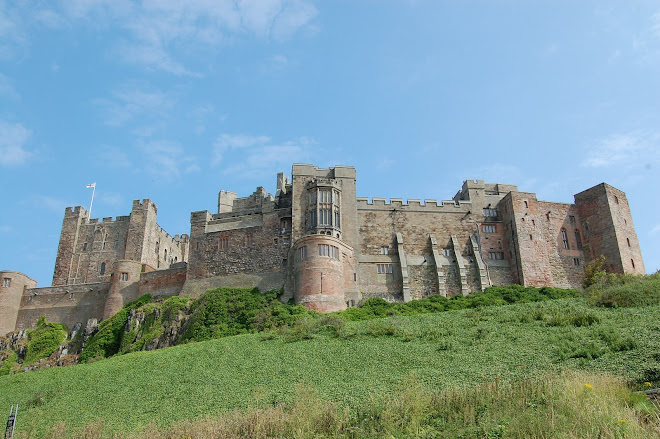

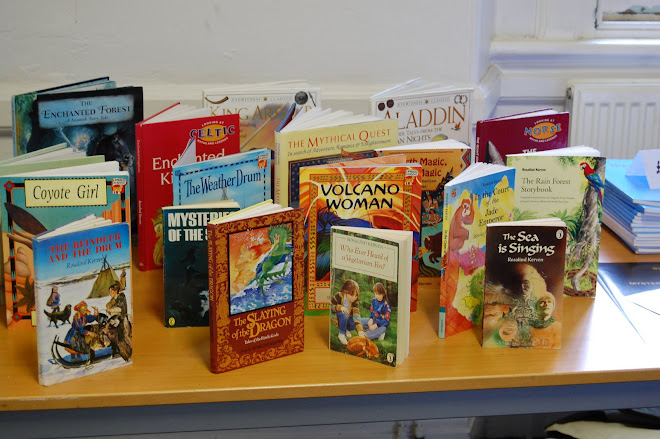
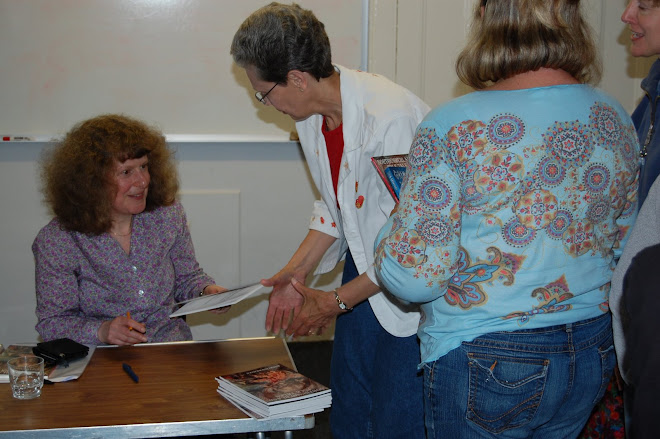
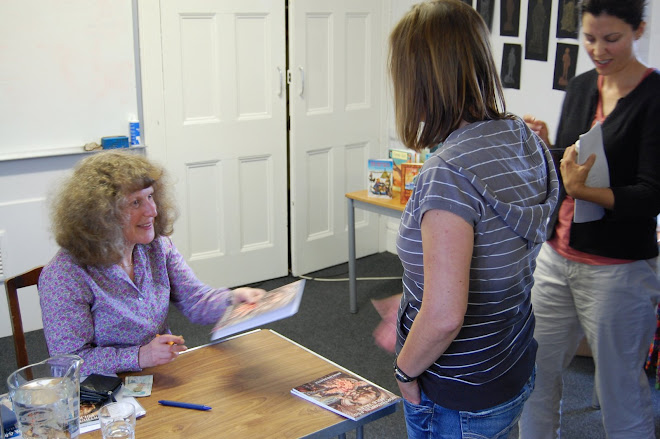
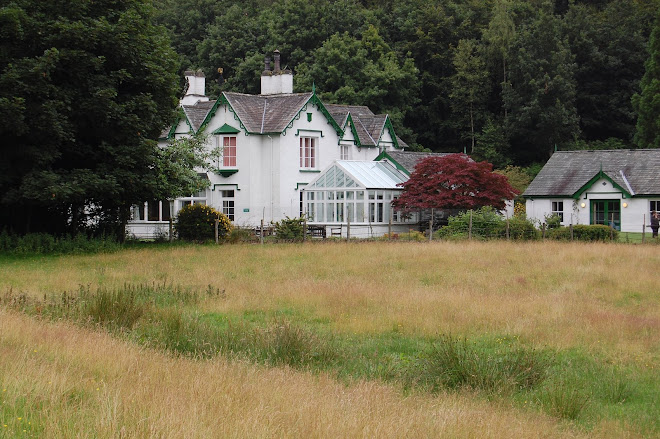
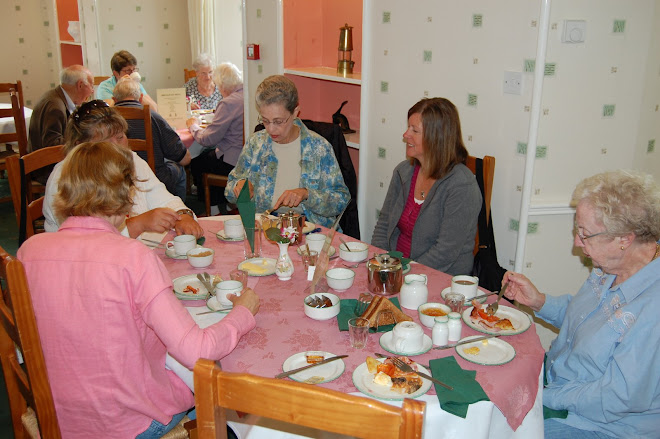

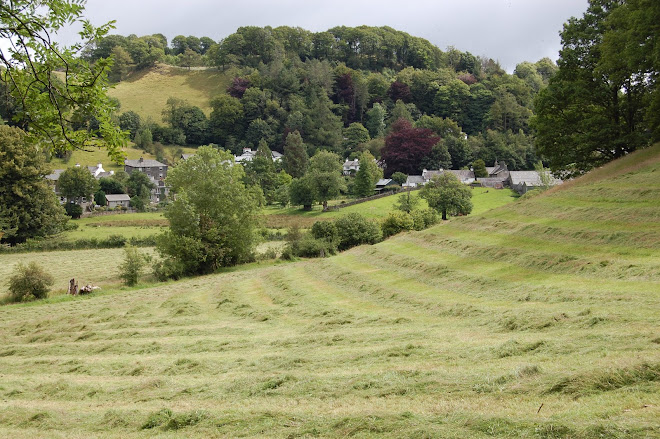



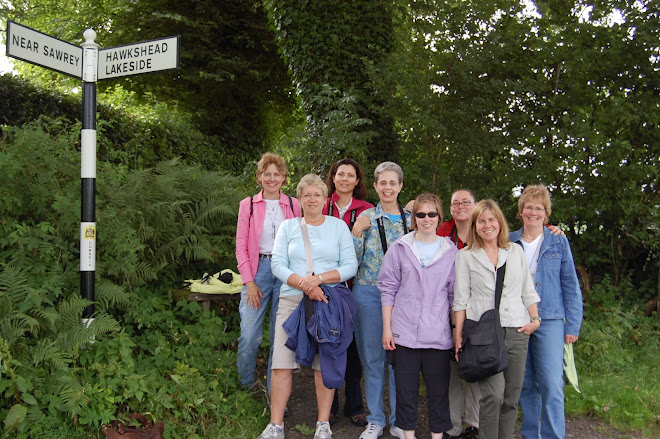

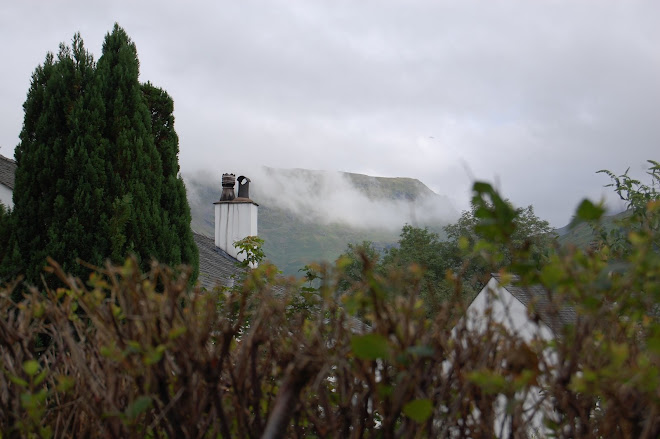
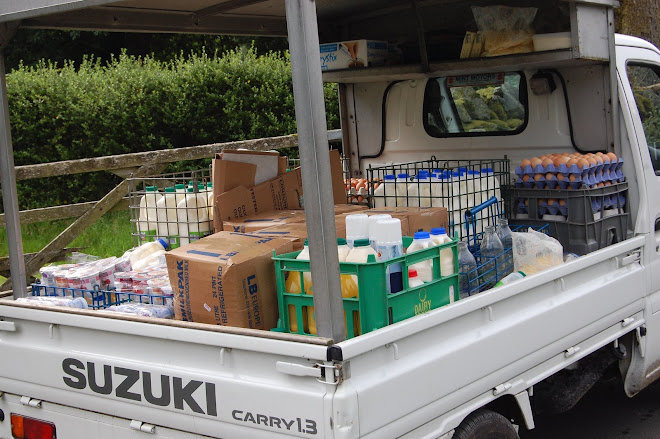
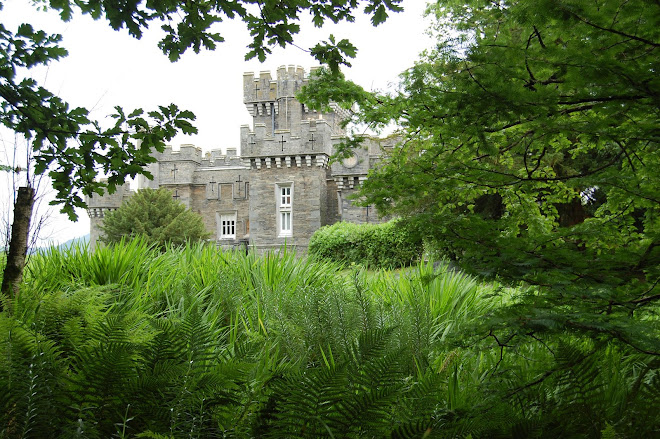

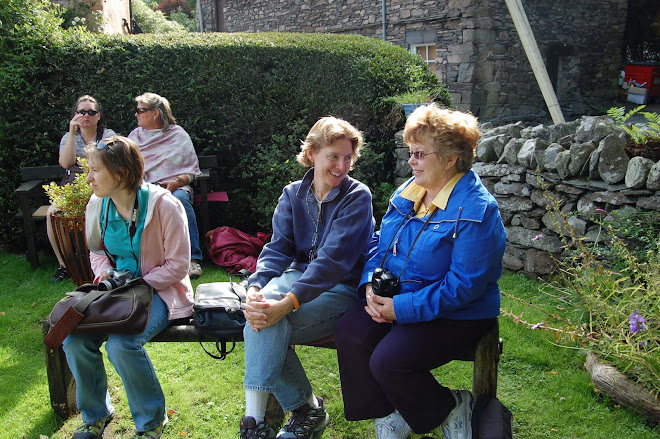
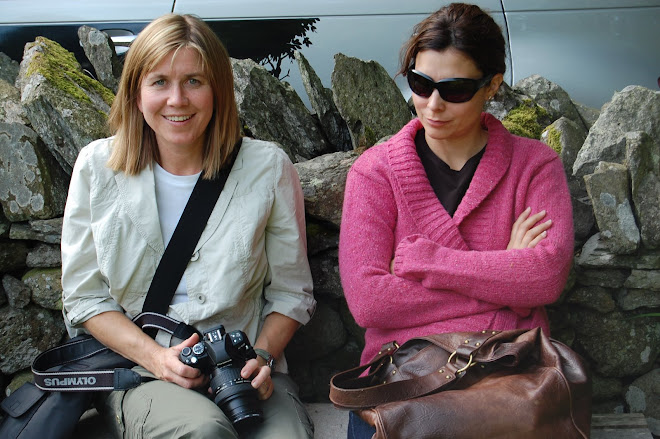







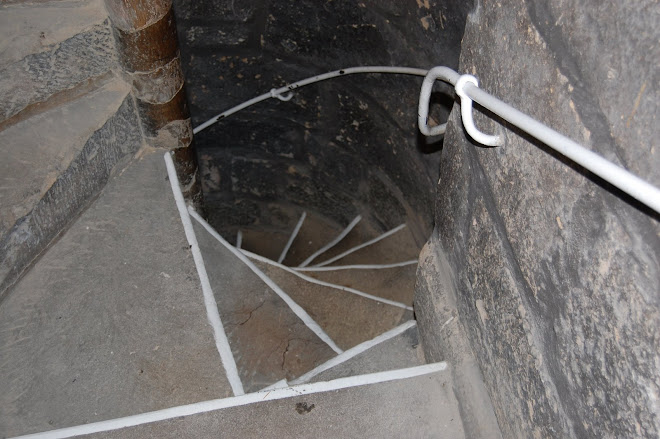


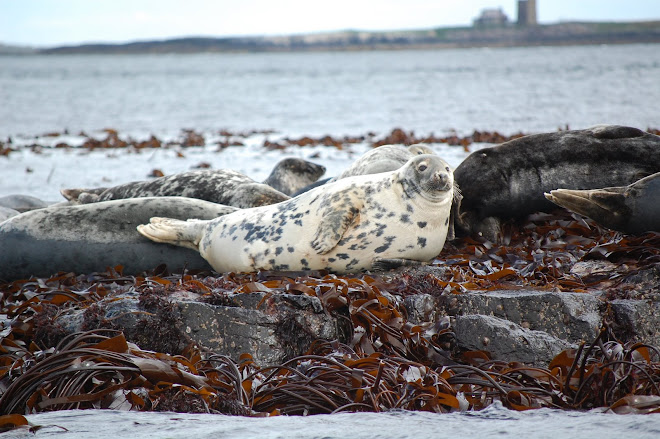



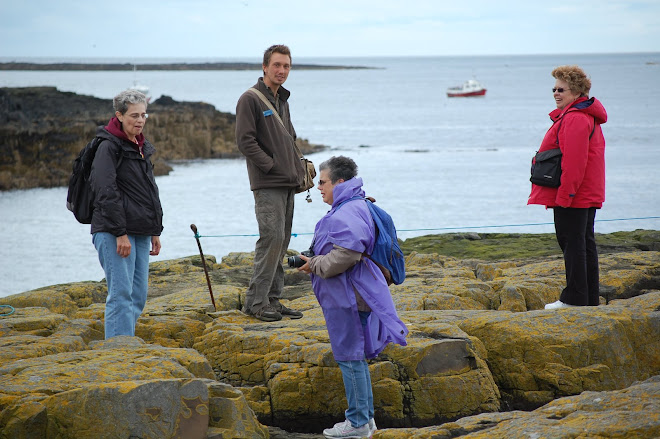
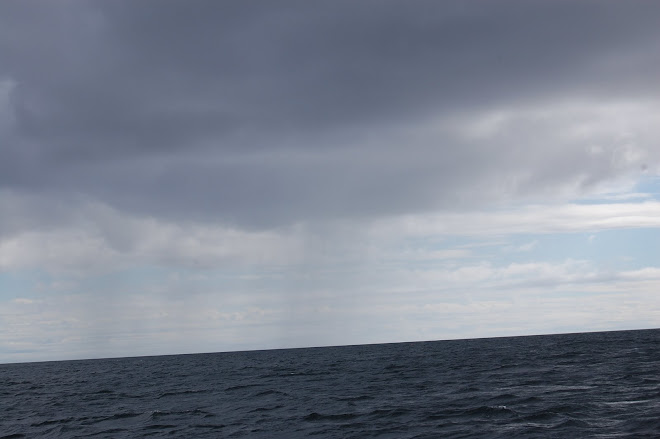


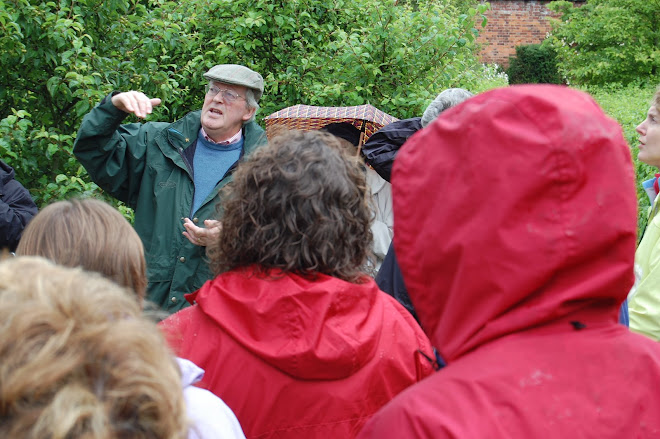








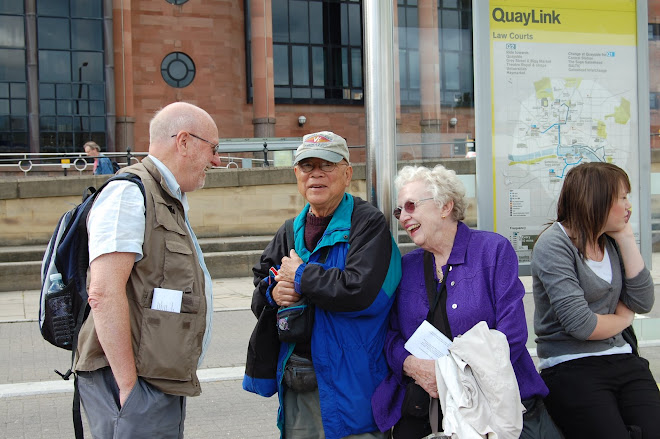



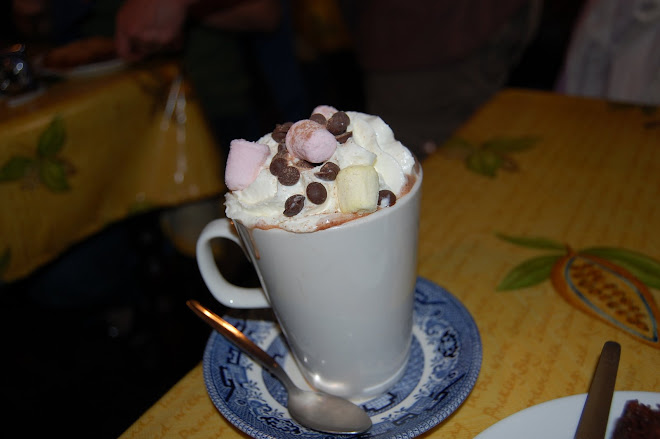




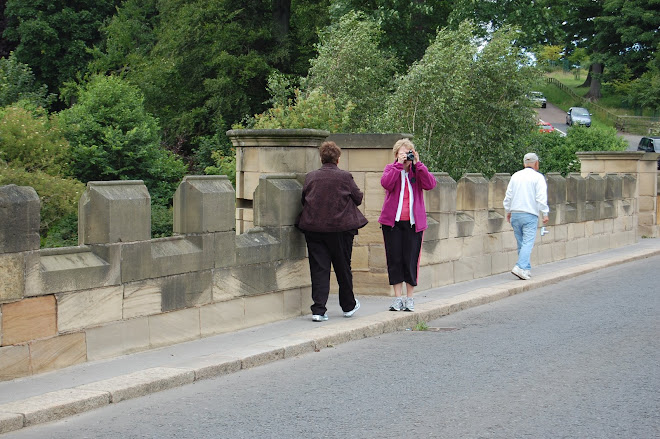

Current Local Time in Northumberland
Links of Note
Blog Archive
-
▼
2008
(21)
-
▼
July
(15)
- Moody Mists
- Wild Cattle Rule!
- From the North Sea to a Hill Farm
- Author Visit!
- Home Again!!
- A Day of Rest and Good Food
- A Wet and Wild Crossing
- Raindrops, roses and castles
- Adventures in Newcastle-upon-Tyne
- Learn All About Alnwick Day...
- We Have Arrived!
- "From Toad Hall to Pooh Corner"
- Eva Ibbotson Continued
- Eva Ibbotson
- J.K.Rowling
-
▼
July
(15)
Dining Hall Memories

Photo Frenzy I

Photo Frenzy II

Wizard Wannabees

Paynes and Thompsons

Dinner at Lilburns

Dinner at Lilburns

Dinner at Lilburns

Dinner Conversation

The Travelers Four

Our Bags Are Packed!

Who Goes There??

Dunstanburgh Castle Ruins Revealed!

Curtain Wall at Dunstanburgh Castle, Complete with Nesting Gulls

Grace Darling's Grave and Memorial

Beautiful Entry Gate, Bamburgh

Melissa and Melanie's Broccoli Tree, Hulne Park

Herd Among the Medieval Trees

Part of the Herd Sheltering from the Sun

Richard the Wild Cattle Warden

Ann and Amy in the Tree by the Lake at Chillingham

Linda and Amy by the Lake at Chillingham

The Italian Garden at Chillingham Castle

Jill Photographing in the Bracken

Exterior of Chillingham Castle

The Whole Gang in Northumberland National Park

View of the Cheviot Hills from Bellshill Farm

Walking the Farm Fields

Window Boxes, Holy Island

Color in Gertrude Jeykyll's Garden, Holy Island

Lindisfarne Castle, Holy Island

Bamburgh Castle

Bamburgh Butterly

A Sampling of Rosalind's Kerven's Books

More Book Signing!

Rosalind Kerven Personalizes Books for Students

Glenthorne Guest House

Breakfast at Glenthorne

More English Breakfast at Glenthorne

The Village of Near Sawry

Hill Top Farm, Near Sawry

Hill Top Farm Garden

More Hill Top Farm Garden

Walkers at the "Pigling Bland" Junction

Public Footpath in Grasmere

Morning Mist on the Fells Near Grasmere

The Milkman Delivers in Grasmere

Wray Castle

View of Lake Windermere from Wray Castle

Patiently Waiting for the Storyteller

Corlie and Jill In the Storyteller's Garden

Ed and Mary in the Summer House

View from Wordsworth's Summer House, Rydal Mount

Rydal Mount, Wordsworth's Home

Linda Chooses a Tale from the "Tale Coat"

The Treehouse, Alnwick Garden

The Treehouse Sunday Lunch Group

Meringue and Fruit Beautifully Presented

View from the Tip Top of the Barbican Stairs

More Brave Visitors!!

Some of the Brave Visitors to the Barbican Flat

Bathing Beauties of the Farne Islands

Renee lands on Staples Island

Puffins by the Dozens

Bringing Home the Herring

Waiting for our Our Ship to Come In!

Squall Line

A Cold Ride to Harbor

Rough Seas!

Learning from a master...



Ian the Rock Star signs his book!

Alnwick Castle--No pictures allowed inside

TGIF!!

Minnesota Nice in England

Enjoying Relaxing Conversation

Dinner is Served...

Brief Sunshine on the Quayside

Our Tour Guide and Bus Driver

Up on the Rooftop

Some of the Out to Tea Bunch

Yummy, yummy, yummy...

Philip and Fans

Second Thoughts??!

Northwest Sunrise

Are We There Yet?

American Photographers Invade Alnwick

River Aln from the Lion's Bridge
